
This resource contains various psychology activities to engage students. Activity number 3 is a classical conditioning activity.
- Subject:
- Social Studies
- Material Type:
- Reading
- Provider:
- The Idea Works, Inc.
- Date Added:
- 07/25/2017

This resource contains various psychology activities to engage students. Activity number 3 is a classical conditioning activity.

This resource teaches about the types of personality disorders and potential consequences of having a personality disorder.

This resource describes the history of ethics codes for scientific research with human participants and summarizes the American Psychological Association Ethics Code.

This resource summarizes the primary functions of the CNS and of the subsystems of the PNS and explain how the electrical components of the nervous system and the chemical components of the endocrine system together to influence behavior.
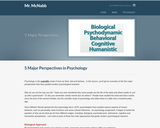
This resource outlines the 5 major perspectives in psychology: biological, psychodynamic, behavioral, cognitive, and humanistic.

This lesson allows students to apply their knowledge of the brain in understanding how neurochemical imbalances are thought to affect behavior and how different medications are used to treat the symptoms of ADHD. At the conclusion of this lesson, students will be able to discuss differences in brain anatomy and resulting behavior among youth with ADHD, and the different treatment options available for individuals with ADHD.

This resource is a 60 question personality assessment.
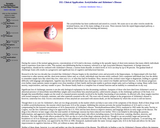
This article discusses acetylcholine and its association with Alzheimer's disease.

This lesson reviews and strengthens the concepts of brain anatomy and memory and link these concepts to Alzheimer's disease. To complete the activities in this lesson, students should have prior knowledge of nervous system terminology and function.
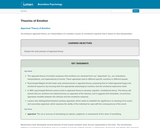
This resource explains the main premise of appraisal theory.
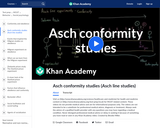
This video explains the Asch conformity studies.

This video describes the Asch conformity experiments performed in the 1950s that demonstrated the power of conformity in groups.
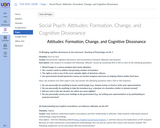
Selection of activities to familiarize students with the concepts of attitudes and their social effects.
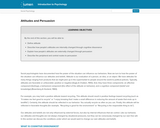
This resource describes how people's attitudes are internally changed through cognitive dissonance.
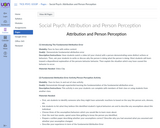
This page contains a selection of activities to familiarize students with the concepts of perception.
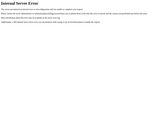
This article explains availability heuristics.
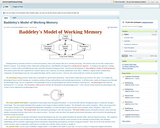
This resource explains Baddeley's model of working memory.
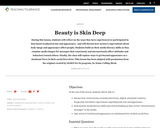
In this lesson, students reflect on ways they have experienced or participated in bias based on physical size and appearance. Students discuss how society's expectations about body image and appearance affect people.

This brief video clip provides an explanation of the behavioral theory.

This article describes four biological changes associated with aging and lists steps individuals can try to undertake to achieve successful aging.